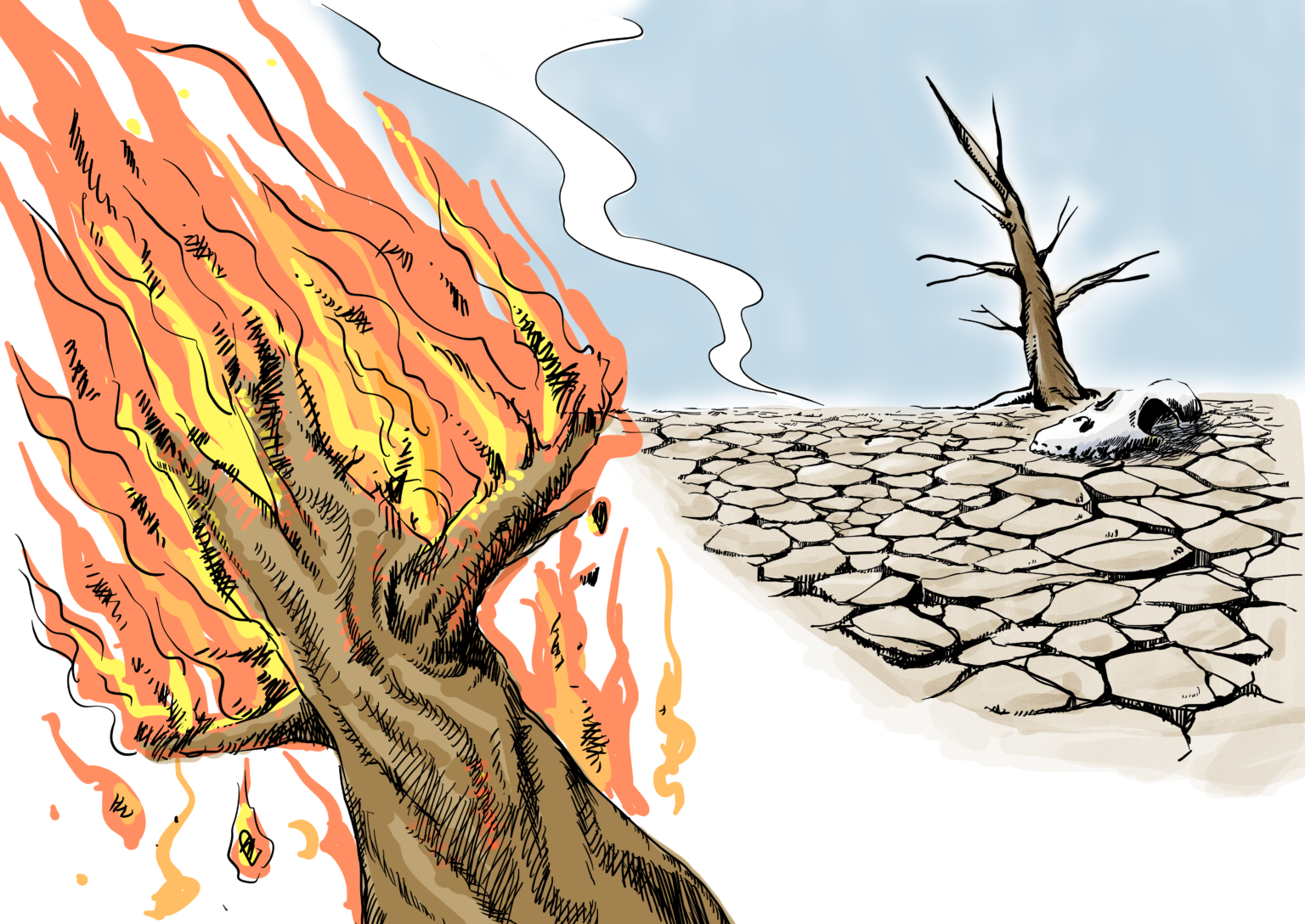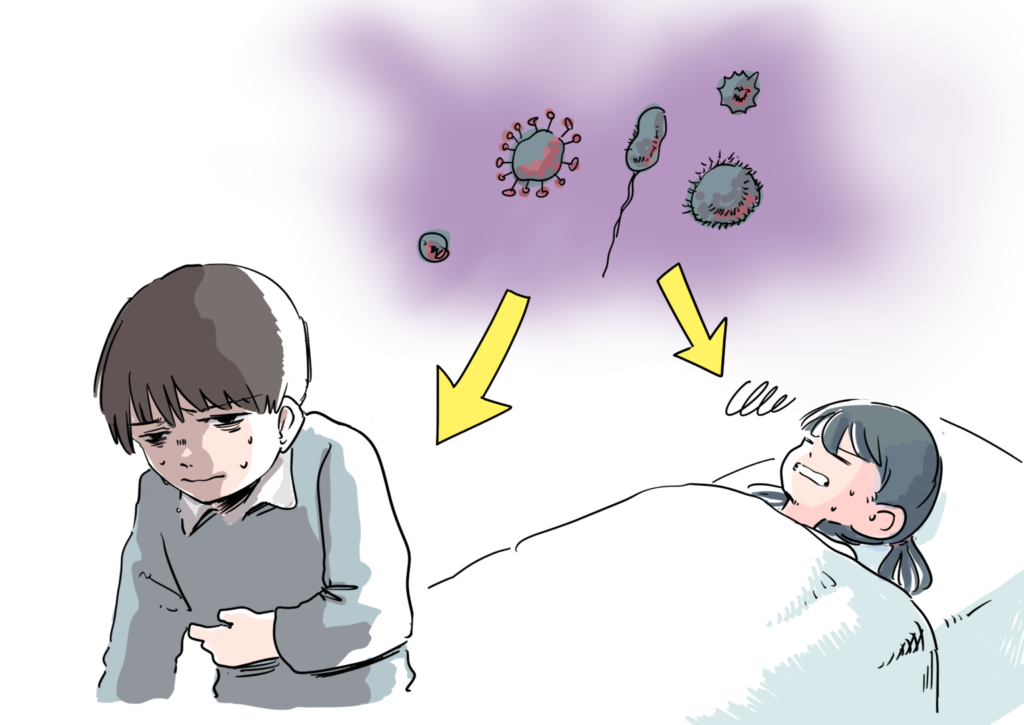
The heat is mostly attributed to La Niña phenomenon, El Niño phenomenon or heat island phenomenon.
La Niña causes sea surface temperatures to rise in the waters around the Philippines, creating an updraft. (Similarly, when a typhoon appears over the South China Sea, the Pacific high intensifies to compensate for the typhoon’s updraft).
El Niño, a phenomenon in which water temperatures rise near the equator in the central Pacific Ocean, leading to increased convective activity in the region.
The heat island phenomenon, which is based on heat accumulation caused the perceived transformation of the ground surface and large amounts of energy consumption with the development of urbanization, the city-centered area is warmer than the surrounding area, and the hot air looms over the urban area in a dome shape, which is more significant when the wind is weak.
The heat is mostly attributed to La Nina phenomenon, El Nino phenomenon or heat island phenomenon. However, in recent years, there have been cool summers even during La Niña and hot summers during El Niño. In recent years, even without the phenomenon described above, hot summers have occurred sometimes.
It is also predicted that global warming will lead to an increase in SST near the Philippines, which will increase the intensity of the Pacific Highlands, making it more likely that Japan will experience scorching heat.


